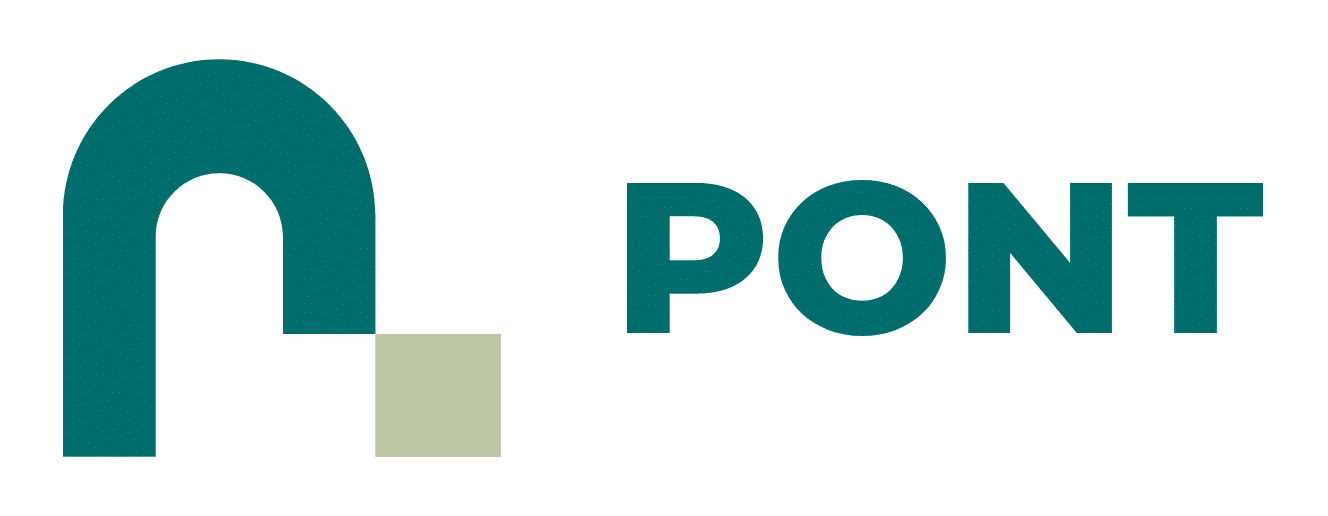by Ida Wolden Bache
The Norwegian economy had recovered after the sharp downturn during the pandemic. High energy prices and a sharp rise in international goods prices had driven up consumer price inflation to a level markedly above the inflation target. Economic activity was strong, and job vacancies were high. Norges Bank expected rising wage growth and higher imported goods inflation to push up inflation through the year, and overall price inflation was projected to be 3.4 percent in 2022. The policy rate was projected to rise towards 2 percent over spring 2023. These forecasts were less than accurate. The policy rate has been raised faster and more than projected in March 2022. The policy rate was raised in response to a considerably faster rise in inflation than projected. Norges Bank’s task is to keep inflation low and stable. The operational target is inflation of close to 2 percent over time. Inflation targeting shall be forward-looking and flexible so that monetary policy can also contribute to high and stable output and employment and to countering the build-up of financial imbalances. High inflation is costly for society. It increases uncertainty about future inflation and makes economic planning difficult. Uncertainty can also lead to a situation where investment projects with longer horizons must give way to investment projects with shorter horizons. Rapid and unexpected price increases hit low-income households with the smallest margins hardest.
Continue reading…

